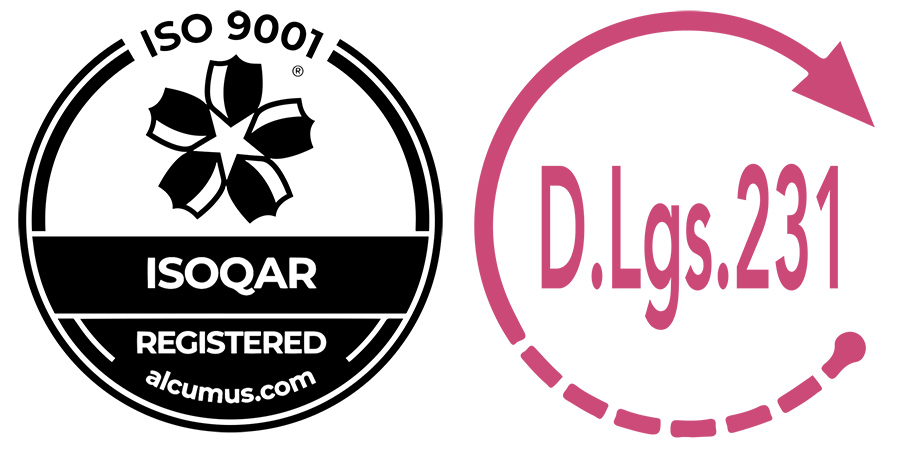Operational Marketing Agency: the glossary

An operational marketing agency is a complex structure, a reality that has to face different needs and find an effective synthesis to the most disparate instances, from the organization of the promotional event, to the management of personnel, to the relationship with the public, the real recipient of any marketing strategy operating in the street or in store.
But what and who is this world made up of, which are the figures that populate it and which orbit it outside? In the world of promotion and events, specific terms are uniformly used both by agencies and by companies that want to promote their brand.
Knowledge of the terminology used by an operational marketing agency is therefore essential for anyone who wants to work in the sector, to be able to demonstrate professionalism and fully understand the briefing (strange word? Then read on to learn more …) that is often sent before the start of the business.
We have therefore decided to give you a brief, and therefore not exhaustive, glossary of the most commonly used words in an operational marketing agency, hoping that it will be useful to do your job in the best possible way.
Here is the vocabulary of a marketing agency operating as a Hostess & Promoter.
Account: a professional figure who selects the professional profiles required by client companies on behalf of an agency.
ATL: acronym that in marketing means Above the Line. These are marketing actions directed at the consumer, such as on-air advertising, institutional advertising campaigns in specialized and non-specialized press, posters.
Briefing: report that contains all the directives for promotion activities. Generally it contains information on the product to be advertised or on how to carry out the activity.
BTL: acronym that in marketing means Below the Line. These are marketing actions conveyed by the trade, i.e. by distribution, and then reach the customer. Some of these activities are: promotional flyers, in store promotion, loyalty program, point collection, shelf highlighting, co-marketing, etc..
Engagement: objective of a marketing strategy that aims to involve the public in order to receive direct feedback from them for a given initiative. An example of engagement is participation in an event following a social media marketing campaign.
Field/Street Marketing: it is a direct marketing activity that foresees promotional initiatives “in the field” with the aim of directly involving the public and communicating with examples, events and demonstrations the potential target. It can be conducted both inside (in store) and outside (out store) a store.
In Store Promotion: a marketing strategy that involves direct interaction by a promoter inside the store, essential in the launch or consolidation phase of a product.
Large-scale retail trade: this acronym refers to large supermarket and hypermarket chains.
Guerrilla: brand promotion activities through unconventional, generally low-cost activities with an effect.
HORECA: acronym that indicates the subdivision of the market of accommodation and catering facilities and stands for Hotel-Restaurant-Cafè.
POP material: acronym for Point of Purchase. P.O.P. materials are all those articles in durable material (metal, plastic, wood, ..) or not durable (cardboard) placed in stores to display the product and enhance the visibility and distinctive elements of the brand.
Merchandiser: this is a professional figure who is responsible for the optimization and control of visual merchandising, or the correct arrangement of products in the store.
Mystery Client: a professional figure who pretends to be a customer in a point of sale in order to draw up a report on the quality of service.
OSP and HACCP: official certification that allows the administration of food and beverages to the public.
PV (or pdv): this is the Point of Sale, i.e. any commercial space used for the sale of products or services.
Sampling: distribution of samples or free gadgets to promote a product or service.
Tours and Roadshows: touring promotional activities often with strong scenic and entertainment elements.
Trade Marketing: this is the approach to the distribution policy of a company and allows the correct distribution of products between distributors and points of sale. Trade marketing also guides the choice of in-store activities for the promotion of certain products.


